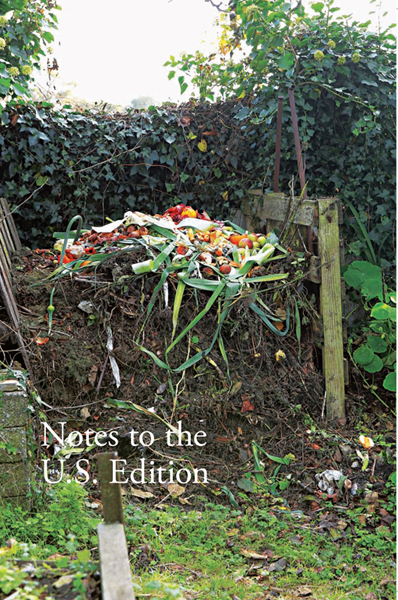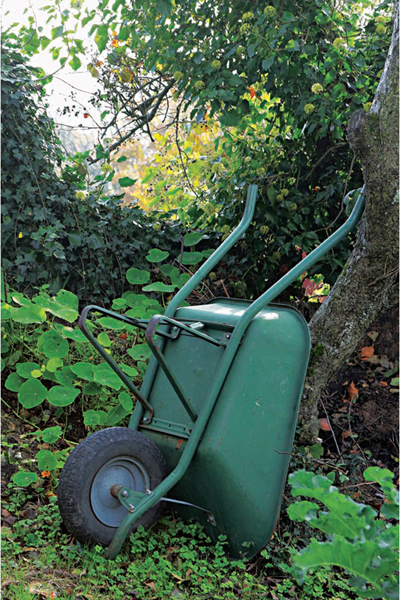Notes to the U.S. edition
In editing this book for an American audience, we sought to do two things: (1) to make it as much a treasure trove of information, inspiration, and solid cooking guidance for Americans as it is for its original British audience; and (2) to retain Pam Corbin’s engaging style. To that end, the recipes and cooking instructions, as well as the information about ingredients and equipment, have been Americanized, so that the ingredients, terminology, and measurements are familiar to U.S. readers. We’ve made our best attempt to address these particulars. Any errors or omissions are that of the American publisher, Ten Speed Press.
All recipe yields are stated in fluid ounces. Yields and jar sizes are as close as possible to the original, but if you have a bit of preserves left over after packing, you can refrigerate and use in the short term (within a couple of weeks).
English mustard is hotter than the mustard normally found in the United States. English mustard powder can be found in the U.S. in gourmet food stores and specialty shops, and online.
Rosehips are the orange-red fruit of the rose. Rosehips from the wild rose or dog rose seem to have a better flavor than those from cultivated roses. However, some garden varieties of rose also produce cookable hips—notably, Rosa rugosa. If you want to harvest rosehips from your garden, do not deadhead your roses.
There are so many different types of plums (over 300 in the UK alone) that most of the plum recipes should adapt easily to using a different variety. However, it should be noted that Japanese plums (large, round, juicy) are the most common plums found in U.S. supermarkets, while European plums (Prunus domestica) and American native plums (such as the beach plum) are usually smaller, oval, and more dense. Wild damsons and sloes are subspecies of the European plum that are usually too bitter to eat raw. If you are substituting plums that are quite sweet, you will want to reduce the amount of sugar in the recipe.


